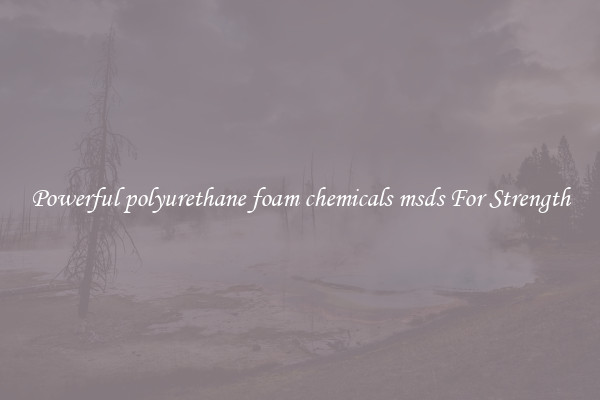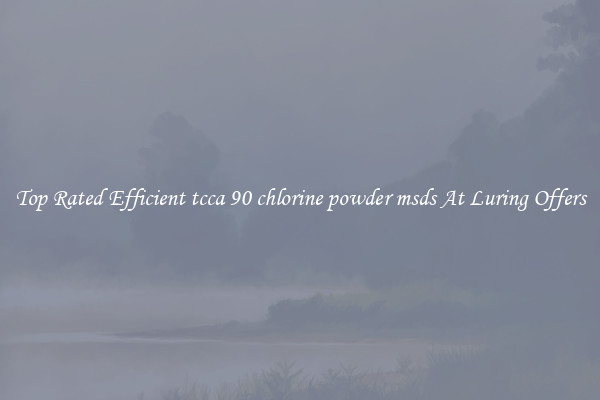Powerful polyurethane foam chemicals msds For Strength
Polyurethane foam is a popular material used in many industries, thanks to its versatility, durability, and strength. However, the strength of polyurethane foam is largely dependent on the chemicals used in its production. Manufacturers use various polyurethane foam chemicals to ensure that the foam meets the required strength standards. One important document that provides crucial information about these chemicals is the Material Safety Data Sheet (MSDS).

The MSDS contains important information about the chemicals used in polyurethane foam production, including their composition, potential hazards, proper handling and storage procedures, and emergency response measures. When it comes to strength, the MSDS provides details about the specific chemicals that enhance the strength of the foam.
One of the powerful polyurethane foam chemicals commonly found in the MSDS is called isocyanate. Isocyanate is responsible for the strong, resilient nature of polyurethane foam. It is mixed with polyol, a type of alcohol, to create a chemical reaction known as polyurethane polymerization. This reaction results in the formation of a strong, rigid structure that gives polyurethane foam its impressive strength.
Another powerful chemical found in the MSDS is a blowing agent. This chemical is responsible for the cellular structure of polyurethane foam. By releasing gases during the manufacturing process, the blowing agent creates tiny air pockets within the foam, giving it a lightweight and spongy texture. While the blowing agent does not directly contribute to the foam's strength, its presence is crucial in achieving the desired strength-to-weight ratio.
Additionally, the MSDS may also list various additives, such as flame retardants and antioxidants, that enhance the strength and durability of polyurethane foam. These additives provide additional benefits, such as fire resistance or protection against degradation caused by exposure to light or heat.
It is important to note that while these chemicals contribute to the strength of polyurethane foam, they can also pose health and safety risks if mishandled. Therefore, it is crucial for manufacturers and users to strictly follow the instructions and precautions outlined in the MSDS.
In conclusion, powerful polyurethane foam chemicals listed in the MSDS play a crucial role in enhancing the strength and durability of the foam. Isocyanate and blowing agents are just a couple of the key chemicals that contribute to the foam's strength. By understanding the composition and potential hazards of the chemicals used, manufacturers and users can harness the full potential of polyurethane foam while ensuring safety and regulatory compliance.

View details

View details

View details

View details








